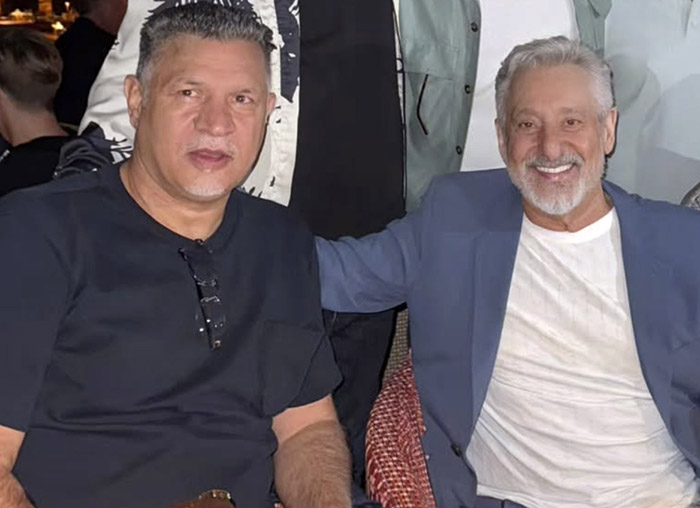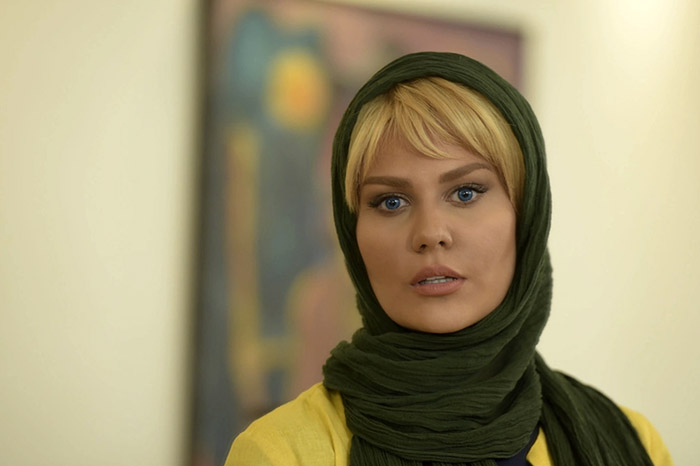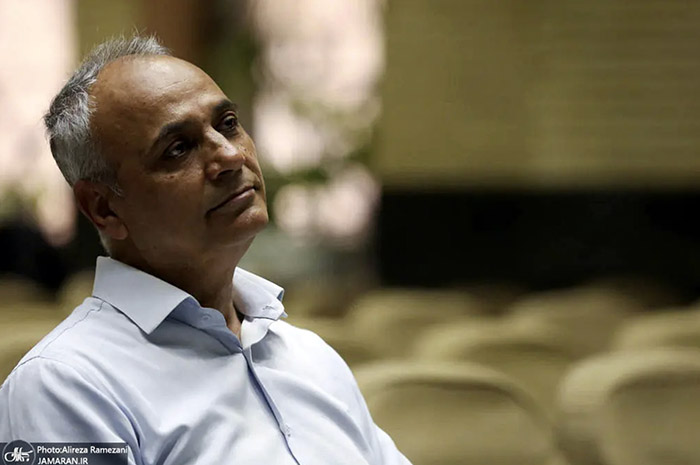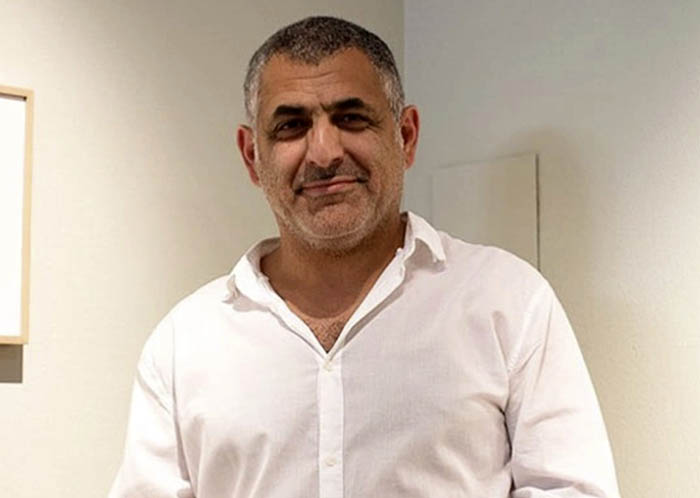The Journey of Behrouz Vosoughi: The “Emperor” of Cinema

Pre-Revolutionary Cinema
During the years leading up to the Iranian Revolution, Vosoughi was part of a golden age of Iranian cinema. Films like Qaiser and Reza Motouri showcased intense narratives that dealt with themes of social justice, class struggles, and the human condition. Vosoughi’s performances in these films not only resonated with local audiences but also attracted international attention, allowing Iranian films to find a place on the global stage.
In an era when Iranian cinema was heavily influenced by Western trends while still trying to retain its unique cultural identity, Vosoughi’s films acted as a bridge. They reflected societal dilemmas and aspirations that were characteristic of the time. The raw emotion and authenticity he brought to his roles made him a relatable figure for many Iranians, thereby solidifying his status as an icon.
Post-Revolution Challenges
The change in political climate following the 1979 Revolution drastically altered the landscape of Iranian cinema. Many artists faced censorship and were forced into exile, including Vosoughi. His migration to the United States was not merely a physical departure but a shift away from the vibrant Iranian film industry he had known.
In America, while facing the challenges of being an expatriate, Vosoughi represented a link to his homeland’s cinematic glory. He became a symbol of resilience for many Iranian artists and a voice for the diaspora community. His transition to the American film market was met with mixed success, yet Vosoughi remained connected to his roots through various artistic endeavors.




